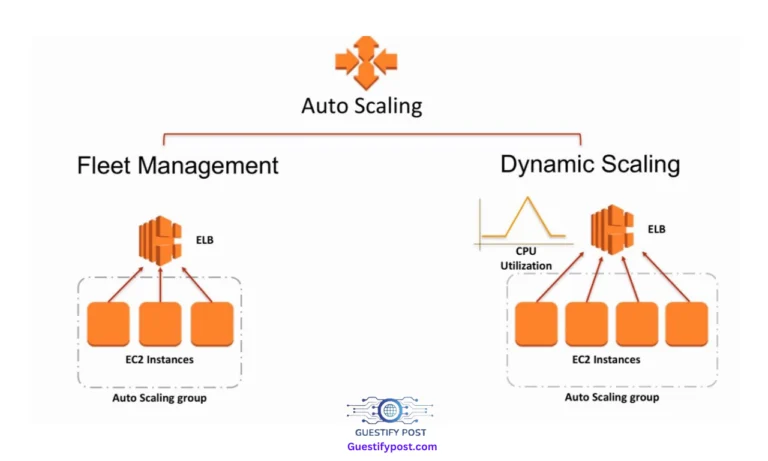Artificial Neural Networks
Statistics from DL models and Artificial neural networks which work in large scale processing of huge data can enumerate to billions of searches in the incredible speed of per day. They are offering the expertise needed to power the several forms of artificial intelligence (AI) that are constantly developing and being integrated into software products by numerous software organizations.
Similar to how a human child uses their five senses to learn about and experience the world, these newborn computer-based bits of synthetic intelligence process all the information they are fed using machine learning (ML).
All of this data eventually adds up to enable these AIs to deliver us fresh responses to our queries—many of which are far more intelligent than anything the human mind could come up with. What are some instances of modern, successful use of neural networks and machine learning? Let’s examine this.
Autonomous Vehicles
What could be more emblematic of the “future” than an autonomous vehicle? For the past thirty years, we have been daydreaming about cyberpunk, dystopian futures where androids, driven by their desire for electrified sheep, escape their oppressors by climbing into autonomous cars. Well, so those cars could also fly, but you get the idea.
These days, autonomous cars are a reality. These days, they’re unquestionably a reality, even though the majority of them are still only prototypes. Numerous businesses have already made significant financial investments to support this technology. Furthermore, in a world where the coronavirus has expanded the use case for robot drivers and contactless societies, self-driving cars become even more essential. Should a fresh pandemic push the world into yet another lockdown, even a basic steel bucket on wheels powered by an algorithm may make all the difference.
If not through machine learning, how else might such cars learn to drive? Software engineers use deep learning algorithms to enable computer vision, comprehend the nuances of their environment, and make intelligent, human-like decisions. Human-driven automobiles have been using a variety of cameras and sensors for years to capture anything from traffic signals, road signs, and obstructions to driving habits.
The autonomous systems are now “taught” how to identify these items and respond correctly to outside stimuli. While operating a vehicle on a real road using all of this data.
Network Performance
The concept of applying artificial intelligence to enhance network security and efficiency has existed since the early 1980s. But contemporary technologies have advanced significantly. And cutting-edge machine learning algorithms are now able to routinely carry out difficult jobs like fault prediction and scheduling fixes.
By evaluating traffic data on its own, AI is incredibly effective at distributing network resources where they are most needed. Additionally, AI has the flexibility needed to integrate with the numerous (IoT) devices that are connected to the network architecture. After all, no human is more proficient at communicating with a machine than another. Already, we can hear people regressing in the food chain, don’t we?
Online safety/Cybersecurity
Artificial neural networks can also be used to defend companies against other kinds of threats. Including malware and distributed denial-of-service attacks. With at least 325,000 new harmful files created every day, malware itself is a major issue. Algorithm-based learning models that can anticipate these modifications may identify which files are malware with remarkable accuracy. As just 10 percent of the files change between iterations.
Because AI can automate the most complicated processes needed to detect threats. And determine the best course of action in the event of a breach .It is superior to humans in cybersecurity. Neural nets have the potential to identify any irregularity or shift in network traffic. Including that of the most recent 5G networks. With some trials achieving a 96.4% detection rate, artificial intelligence (AI) can prevent the danger of false positives. And identify potentially harmful actions including brute-force attacks, unusually failed login attempts, and file exfiltration.
In an ongoing arms race between attackers and defenders, hackers undoubtedly began creating their own adaptive AI. To trick security software and take advantage of weaknesses. All of this, though, really helps artificial intelligence (AI), which is becoming more and more intelligent every day that it is used in combat.
Combating Potential Pandemics
2020’s global COVID-19 pandemic took the world by surprise, making us reevaluate every aspect of our way of life. And prepare for a catastrophe no one could have predicted. The hard way has taught us that, whether or not this particular viral outbreak ends. We are unable to be prepared in case, similar natural threat develops in the future.
Humanity could gain from artificial intelligence in many different ways. Complex artificial neural networks can be used to coordinate the actions of multiple cameras at once. And send out a warning when a person with a high temperature is observed. The AI is capable of taking prompt action, such as preventing the person from entering areas. That are vital and improving workplace security.
Even in isolated or underserved places, radiological imaging can be combined with cutting-edge AI. To enable prompt identification of X-ray pictures indicating a patient is impacted by the illness. In order to reduce the negative consequences of restriction measures on the national economy. Articulated machine learning models can be used to assess the impact of quarantine measures.
Trade and Public Relations
One phrase (well, three words) best describes this: tailored product recommendations. Eventually, we begin to encounter a ton of highly targeted advertisements regarding these topics every time we conduct a Google. Or other search engine search. How could the program be so adept at determining our preferences and how to persuade us to purchase those incredibly affordable items that we desperately want?
Deep learning is the solution once more. These extremely reactive programs pick up on our habits, such as jumping to page two of search results when nothing on page one meets our requirements. At a rate that human analysts could never hope to match, machines can analyze demographic data on the habits and preferences of customers at a speed that is ideal for optimizing pricing, offers, customer experience, and profitability. Nobody should be surprised that Amazon is one of the largest supporters of artificial intelligence (AI) and sophisticated algorithms.
However, the retail behemoth is utilizing sophisticated heuristics to enhance its offerings in numerous other aspects. The incredible effectiveness of Jeff Bezos’ creation’s logistical planning is, in fact, one of the factors contributing to its success. The implementation of machine learning in order management, stocking, inventory control, and warehousing has greatly increased the efficiency of numerous small-to-medium firms, factories, and other industry titans like Walmart and Honda.
Artificial neural networks or Artificial intelligence (AI) is remarkably adept at discovering quality problems both inside and outside of the assembly line. For example, it can recognize patterns in the free-text areas on warranty registration cards.
Conclusion
These days, a lot of the most advanced digital technologies let a lot of slothful people forget how to study, communicate, and engage with the actual world. Strangely enough, artificial intelligence is developing and growing at an exceptionally rapid rate because of these same technologies.
Like bright, youthful children who are ready to learn something new every day, our computers are still “attending school” at the moment. While we eagerly await the day when they are able to develop and refine their own teaching strategies and enter the university phase, the accomplishments they have made thus far are truly remarkable.







